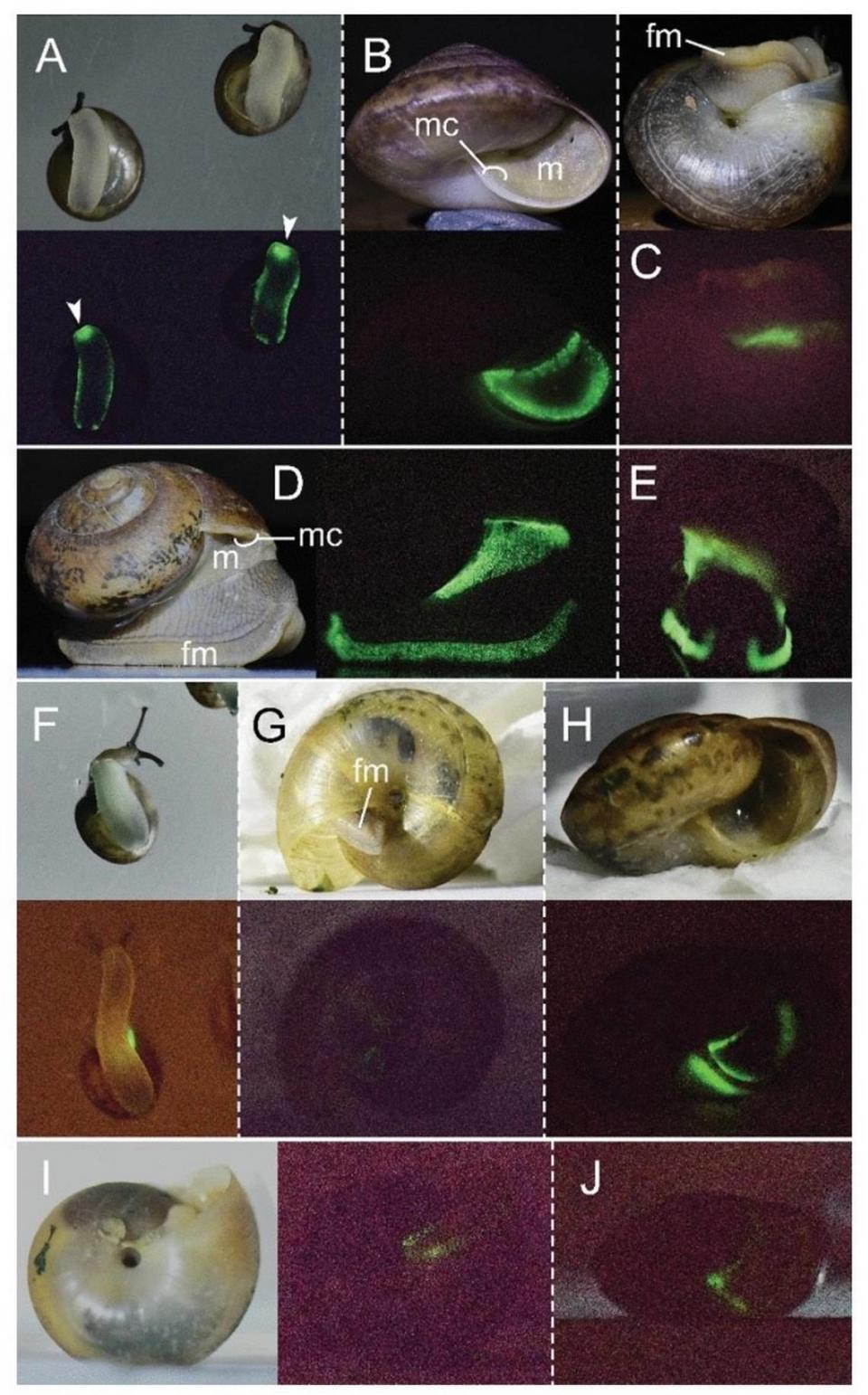Slimy creatures seen emitting rare ‘continuous green light’ in Thailand. See them glow
Bioluminescence, the effusion of light from living things, is extremely common in the marine world. In fact, the majority of aquatic species, 76%, possess the ability to glow in the dark, according to one study.
In contrast, few terrestrial animals possess this power of self-illumination. It’s seen in glow worms and fireflies but few other land dwellers.
Of the thousands of species of land-dwelling mollusks — including snails and slugs — only one was known to glow in the dark.
That is, until now. Researchers recently discovered four species of snails capable of setting themselves alight, according to a study published on Sept. 13 in the journal Scientific Reports. The slimy creatures were found to emit a “continuous green light.”

Researchers made this discovery after scouring Thailand for snail specimens to run tests on over a multi-year period.
The slow-moving creatures were collected by hand during “intensive” explorations throughout the country’s rainy season.
Once captured, they were placed in plastic containers, given vegetables and mushrooms to snack on, and taken to a laboratory for analysis.
After their genomes were sequenced, the specimens were identified as belonging to four species in the Phuphania genus: P. crossei, P. globosa, P. carinata and P. costata.
Next the snails were taken for a photo shoot in a dark room so that their bioluminescence, if it existed, could be captured on camera.
Tissue samples were also taken and analyzed under microscopes for light-emitting cells.

Through these processes, researchers discovered the four species could indeed turn themselves into living glow sticks and did so without any prompting.
They were found to give off a steady greenish light, which could be turned on and off voluntarily, for long periods of time.
“The controlling factors and the mechanisms are unknown,” researchers said, adding that “the Phuphania snails appeared to conserve their bioluminescent abilities during several weeks after collection, even in hibernation.”
The snails’ bioluminescence likely allows them to ward off predators, researchers said.
The internal lighting may help the creatures mimic other bioluminescent organisms, like fireflies and certain mushrooms, which are associated with poor taste or toxicity.
“It is suggestive that the luminescence color of Phuphania is green, like firefly eggs and pupae and mushrooms; green is probably the most visible color to nocturnal predators in terrestrial settings,” researchers said.
Boaters get ‘breathtaking’ glimpse at the biggest fish in the world. See the video
8-year-old picks up odd-looking item on beach vacation — and finds Viking-era artifact
‘Spectacular’ statue of a fish-tailed ‘minion’ god found at ancient Roman burial site

